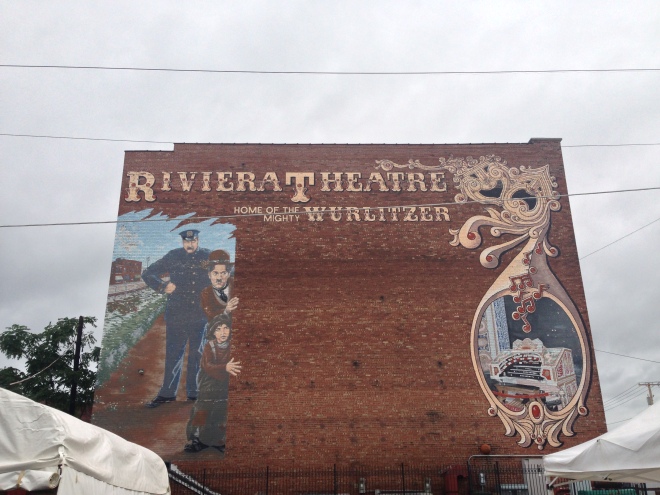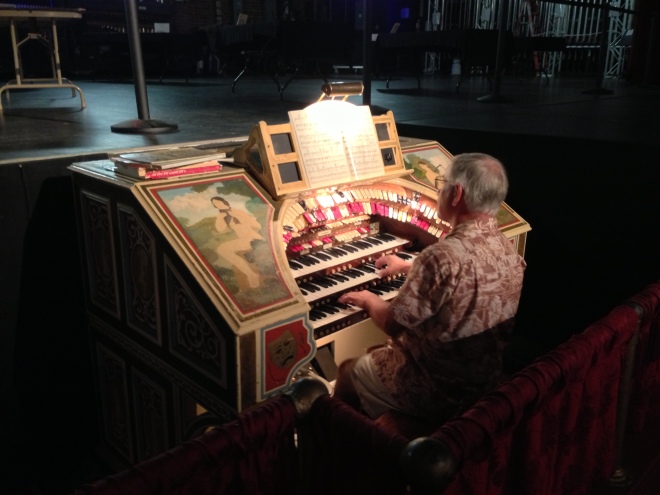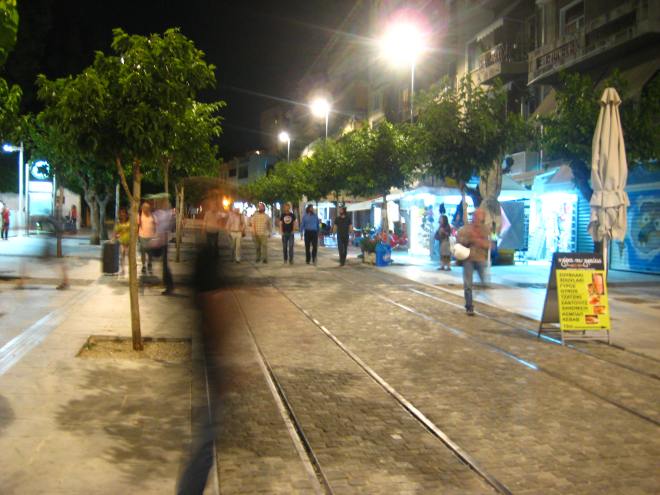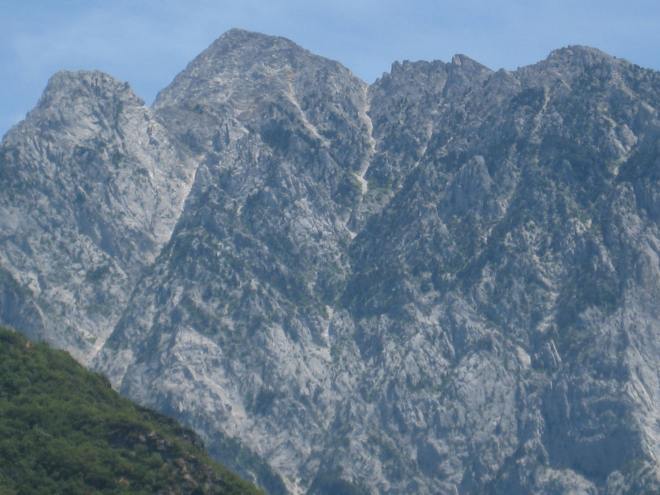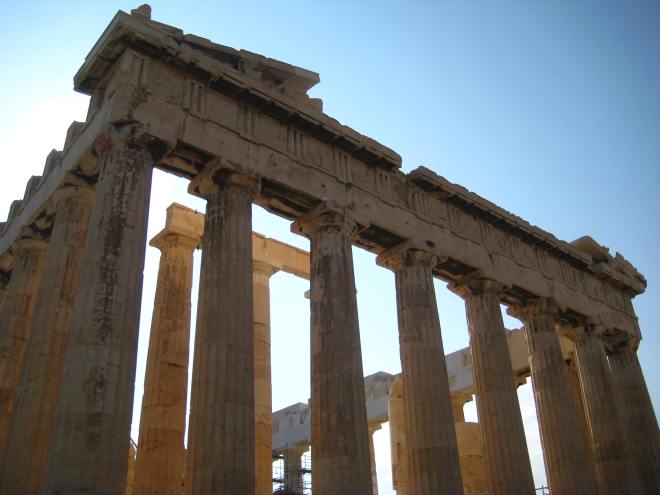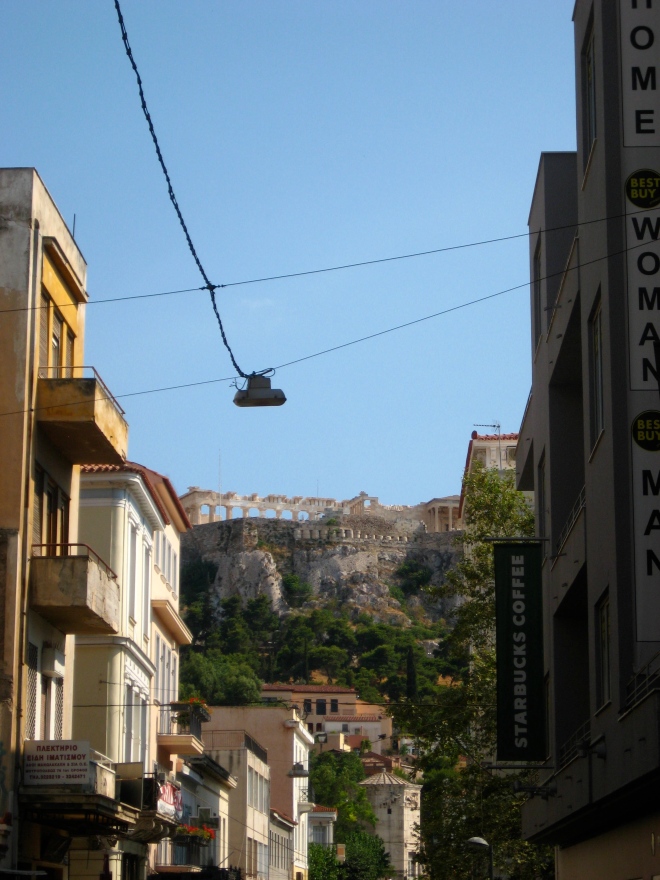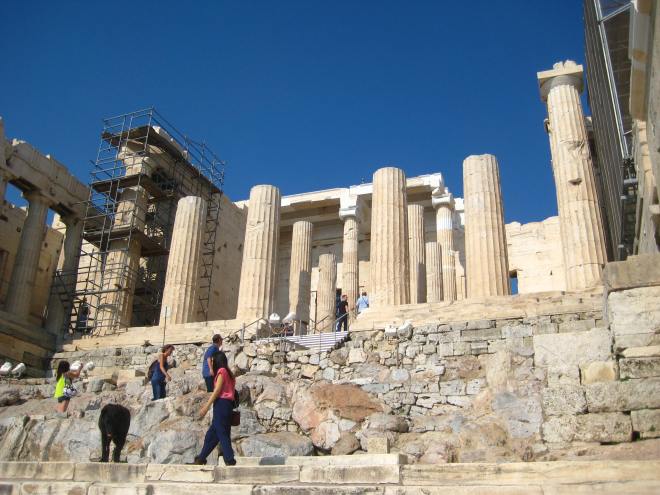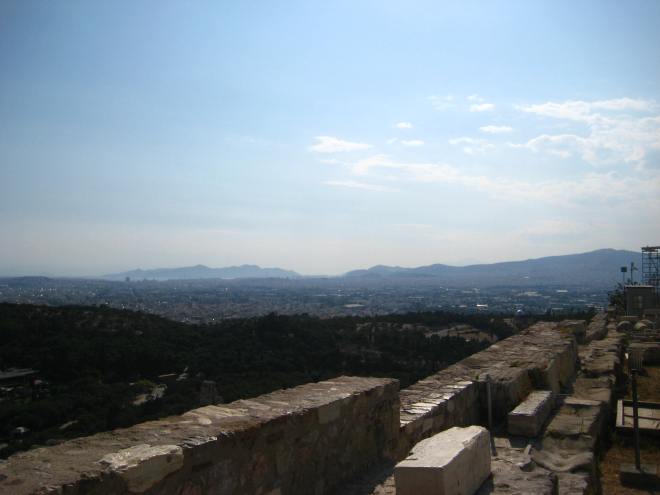
It’s been too long since I’ve posted, and for that I apologize. The last few weeks have been actioned packed, I participated in a summer course at St. Vladimir’s entitled Suffering and the Nature of Healing taught by Drs. Daniel and Jane Hinshaw, traveled back up to New England for the Antiochian Parish Life Conference, worked, and resumed a temporary role as organist at my old parish assignment for a feast day and Sunday. That essentially brings me to today, spending some time with my mother and brother. But I did want to offer a bit of a reflection on the last few weeks, for what it’s worth.
This past Sunday I played the organ at the parish I had been organist at up until last September when I began my time at St. Vladimir’s. The last year has been tough for the parish; their pastor was transferred to a new parish and in the meantime they were ministered to by substitute priests and then by a wonderful deacon until this past week when they received a new priest. Such times are significant in the life of the Church, and I was privileged to be a part of it, if only in a small way. Their new priest was ordained last weekend at our Parish Life Conference, and his first Mass was this last Sunday. There’s something so very exciting about a priest’s first liturgy, and this was no exception.

St. Stephen Orthodox Church during Matins on Sunday
It was nearly a year since I had played a Western Rite Orthodox Mass. I had played for the feastday during the week where the Vicar-General of the AWRV celebrated, but this was my first First Mass. I had picked pieces by the French Baroque composer François Charpentier for the prelude and postlude, I had gone over the hymns and the Gregorian chant of the service. But I was not prepared for the beauty of this first Mass of a new priest. Sure, there were hiccups, but a serenity prevailed over the service that deeply affected me. Without knowing quite how to explain it, I knew that this was a holy moment; it was an entrance into the Kingdom of Heaven (as I sat sweating on the organ bench).
I should back up a bit. Some of you reading this might very well be unsure of, or even hostile, towards the Western Rite as practiced by the Antiochian Archdiocese. I’ve been thinking about this for a while and I hope that, as flawed as it will be, I might offer an apology for the Western Rite for all of my Orthodox brothers and sisters. Hang with me.
I was born into an Orthodox family. My father grew up in the Church, my mother grew up Roman Catholic and then was received into the Orthodox Church before I was born. When I was quite young we attended St. Paul Antiochian Orthodox Church in Emmaus, PA which was then pastored by Fr. John Khale, of blessed memory. Fr. John was an incredibly kind and holy man who greatly influenced my vocation to the priesthood from a very early age, through his love and care for my family and myself. When we moved back to Massachusetts we began attending St. George Antiochian Orthodox Church in Lawrence MA, which has been my home parish ever since.
I was raised in the Byzantine Rite, loving the services and learning to chant; being taught how the services work and why they are the way they are. There’s nothing I love more than hearing “The Noble Joseph” chanted on Holy and Great Friday, learning the prosomia, and learning to serve. At the same time, an early memory I have was attending a Western Rite Mass at my home parish in Lawrence. I remember going up to kneel on the solea, and the priest turned towards me with our Lord in his hands and I received Holy Communion. I remember looking up at him in his golden vestments and seeing above him an icon of the the Mother of God with Christ, with her arms outstretched.
So, what gives? Why am I so comfortable in the Western Rite when my last name is Lebanese and I grew up with the Byzantine Rite? My only answer is that, well, something is right about it.
To most of us, the Western Rite is a foreign, unknown entity. We don’t know what it is, we’ve never really experienced it, and, honestly, we have a lot of anti-Western baggage (and vice versa for those in the West looking East). This is, I believe, what holds so many Orthodox back from experiencing, much less embracing, the Western Rite. It’s just too foreign, it’s “not our tradition.” But these things, when we separate them from our initial reactions, aren’t good enough reasons to dismiss the Western Rite. I know it sounds snarky, but unless you’ve experienced this Rite for at least a month or more, unless you’ve lived in one of these parishes in the AWRV, unless you’ve seen what actually goes on there and met the people in these parishes, I don’t believe that you can therefore dismiss them as the weird cousins at the barbecue. I am not trying to be contrarian or insulting to you, dear readers, I’m just trying to work it out myself.
I was asked to help with the music at a Western Rite parish in Massachusetts three years ago, and I still don’t think I’m qualified to “pronounce” on the Western Rite. But the things I have seen, the services I have participated in, the people I have gotten to know; these things have confirmed for me over and over again that this rite is a rite of the Church and God meets us here. The Church has always, up until relatively recently, had a multiplicity of rites, and to suggest that only the Liturgies of the East are valid, and Orthodox, is, to be perfectly honest, quite silly. Fr. Alexander Schmemann agreed with this assertion, that there is nothing wrong with multiple rites as there were multiple rites from the early Church, but he did have a concern about adding another rite to an already fractured Church in America. I don’t believe that his fears have come true because the Western Rite has fostered unity as well.
In my home diocese, the parishes that celebrate the Western Rite are an integral part of their diocese and the Archdiocese as a whole. They’re not loners. They celebrate rites and feasts that have been part of the Ordo for over fifty years, and they’ve been examined by commissions of Orthodox theologians, and have been blessed by patriarchates and synods. Their parishioners join the Antiochian Women, and the Order of St. Ignatius. Their devotion to our bishops is unparalleled, and the love they have for the gift of the Orthodox faith is so genuine. I really can’t express in words my surety about this, but it is wonderful. Sure, I’m just one person. But so many others have experienced what I’ve experienced. So why are we still afraid of the Western Rite? That’s a question that will have to be answered person to person.
Be the start of change. Don’t satisfy yourself with internet diatribes, go and visit one of our parishes yourself. But don’t just visit once, because how well do you really know someone you’ve only visited once? Go and pray with your brothers and sisters in Christ; they love the faith, they love you. I know it’s not much, but I hope that at least my small witness to the Western Rite, as someone raised in the Church, might at least encourage you to reconsider.
Please remember, these are only my ill-formed thoughts. May the Lord bless and keep you.


